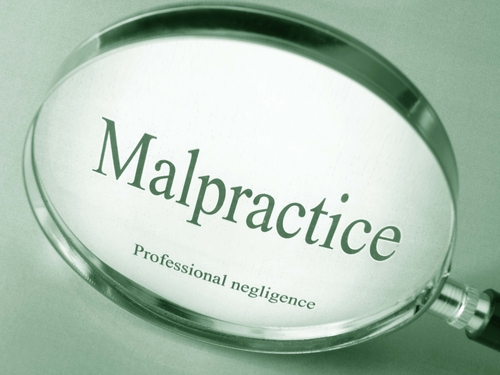Legal malpractice payouts reach 'troubling new heights;' 4 insurers contributed to claims above $300M, survey says

Image from Shutterstock.
Legal malpractice insurers are reporting skyrocketing payouts of tens of millions of dollars, even as claims frequency remains relatively flat, according to a survey by insurance broker Ames & Gough.
The costs of legal malpractice claims “are reaching troubling new heights,” said Ames & Gough in a May 23 press release announcing the survey results.
Ames & Gough surveyed 11 leading insurers that provide insurance to 80% of the nation’s top 100 law firms.
Ten of the 11 insurers had participated in a claim payout of more than $50 million in the past two years, including three that participated in claims between $150 million and $300 million and four that participated in claims of more than $300 million.
The survey report explained that some of the insurers contributing to large claims were likely involved in the same claim because of shared coverage and excess limits coverage. Even so, it is clear that multimillion-dollar payouts are increasing, the report said.
The largest number of malpractice claims stemmed from work in three areas: trusts and estates, business transactions, and corporate and securities. There is also a growing number of claims in the areas of insurance defense and taxation.
The most common legal malpractice error was a conflict of interest, followed by clerical or scrivener’s errors.
“Given the larger size and increasing complexity of some business transactions, even an otherwise ‘simple mistake’ can lead to a large legal malpractice payout,” Ames & Gough said in the report. “Firms should be double- and triple-checking their work, with multiple eyes on the same document to ensure accuracy.”
When the insurers were asked what is keeping them up at night, their responses included these recurring themes: lateral hires and attorney migration; work practices and supervision related to COVID-19; and silent cyber exposure, which refers to potential malpractice payouts on policies not specifically designed to cover cyber risk.
The survey noted that lateral hiring of associates and partners has increased by 45% between 2021 and 2019. The figure is concerning because 35% of law firms experience malpractice issues as a result of a lateral partner hire, the report said.



